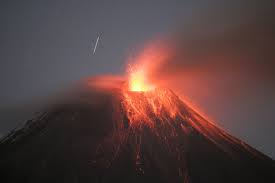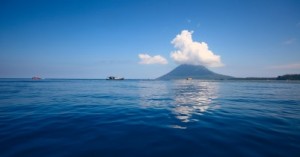
Campi Fiegrei is threatening to erupt.
There’s a current volcanic situation in Italy right now, and the jury is out if Campi Fiegrei volcano near Naples actually erupts or not.
Preparations to evacuate are taking place, however, due to ground swells of magma rising over .5″ a month, and volcanologists are monitoring this rise that’s also causing ground temperatures to heat up.
This is where studying earthquakes comes in – Campi Fiegrei is bigger than Mt. Vesuvius, which destroyed Pompeii in 79 AD. Fiegrei has 24 craters, and the area around Naples has had more than 1,100 earthquakes occur just in September with some reaching magnitudes of 4.2.
The last time Campi Fiegrei experienced a series of earthquakes was in 1980, but its last significant eruption was in 1538. One of its biggest eruptions is suspect of causing the extinction of the Neanderthal 39,000 years ago. Magma from this blast has been found in Greenland.
So, you can see that volcanoes have not had massive eruptions in our modern history, but when they do erupt, they can destroy life thousands of miles away with little warning. The signs are here now, but people logically resist vacating until it’s too late.
A really good movie that really depicts volcanic eruptions accurately is Dante’s Peak. It’s a 1990s film so it’s a bit dated, but as far as volcanoes go, it’s spot on. It’s worth the watch if you want to really get an idea what’s it’s like to escape a volcanic eruption.
Wishing Italy the best of luck – rimani al sicuro.
.

